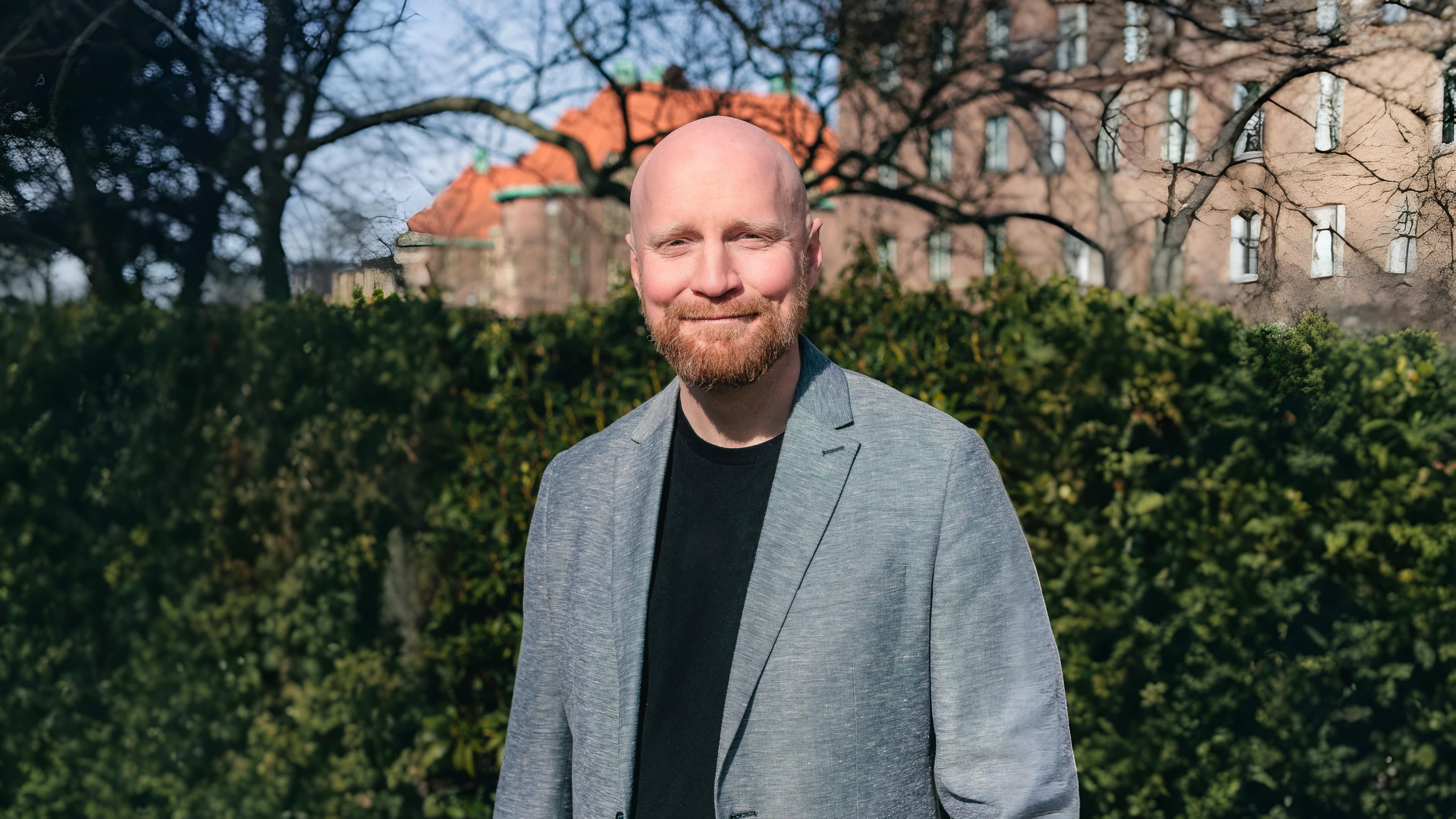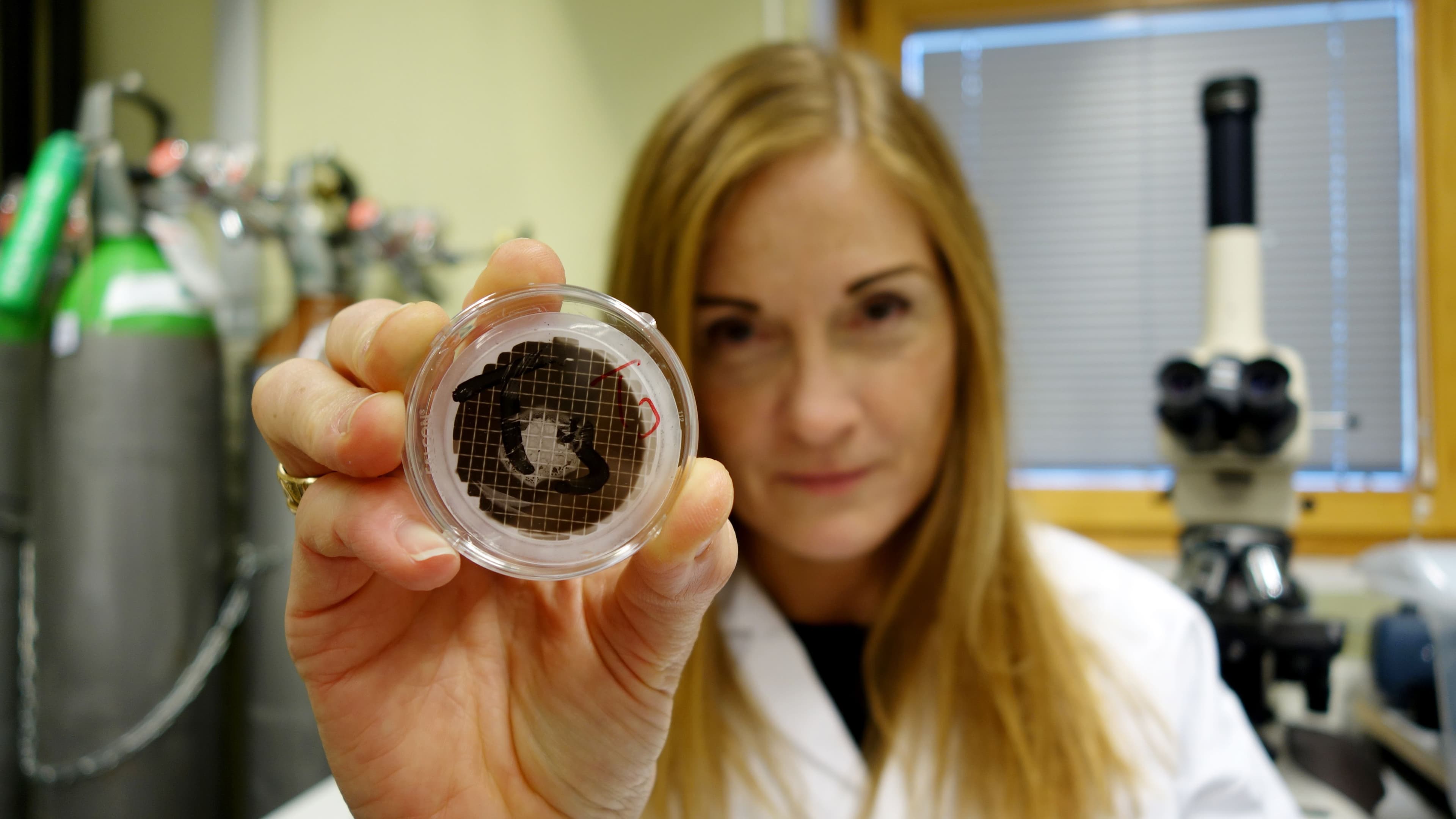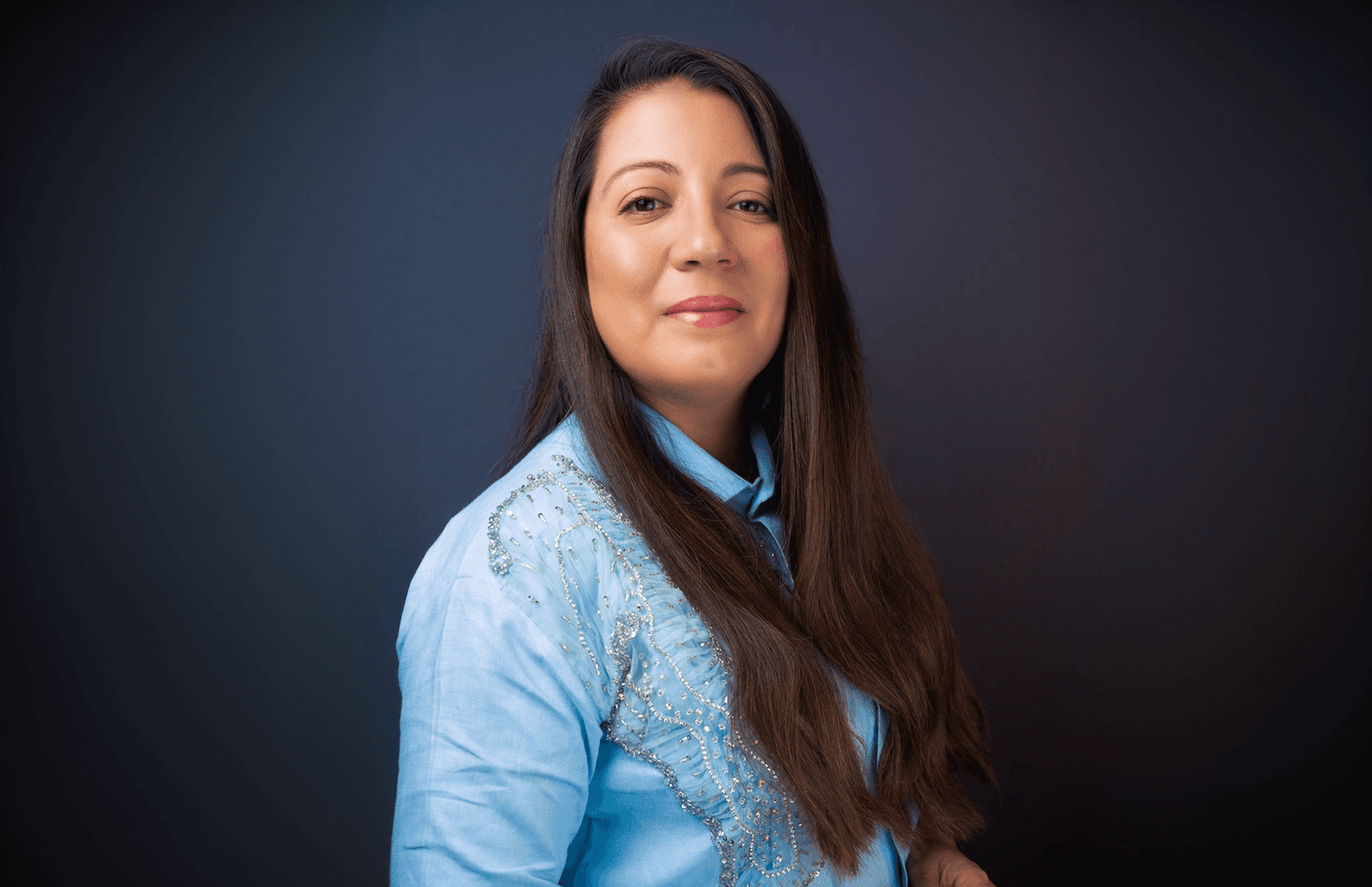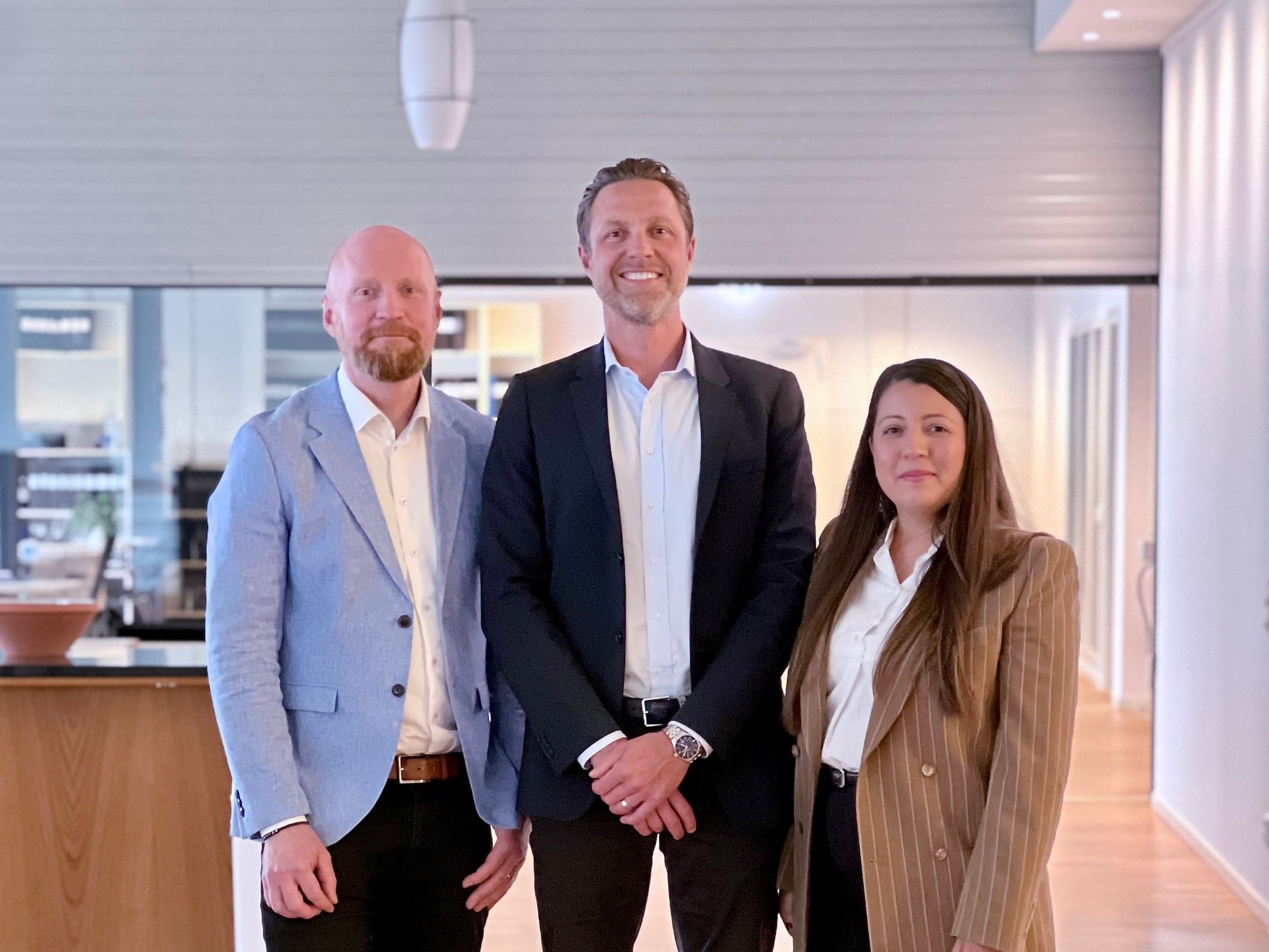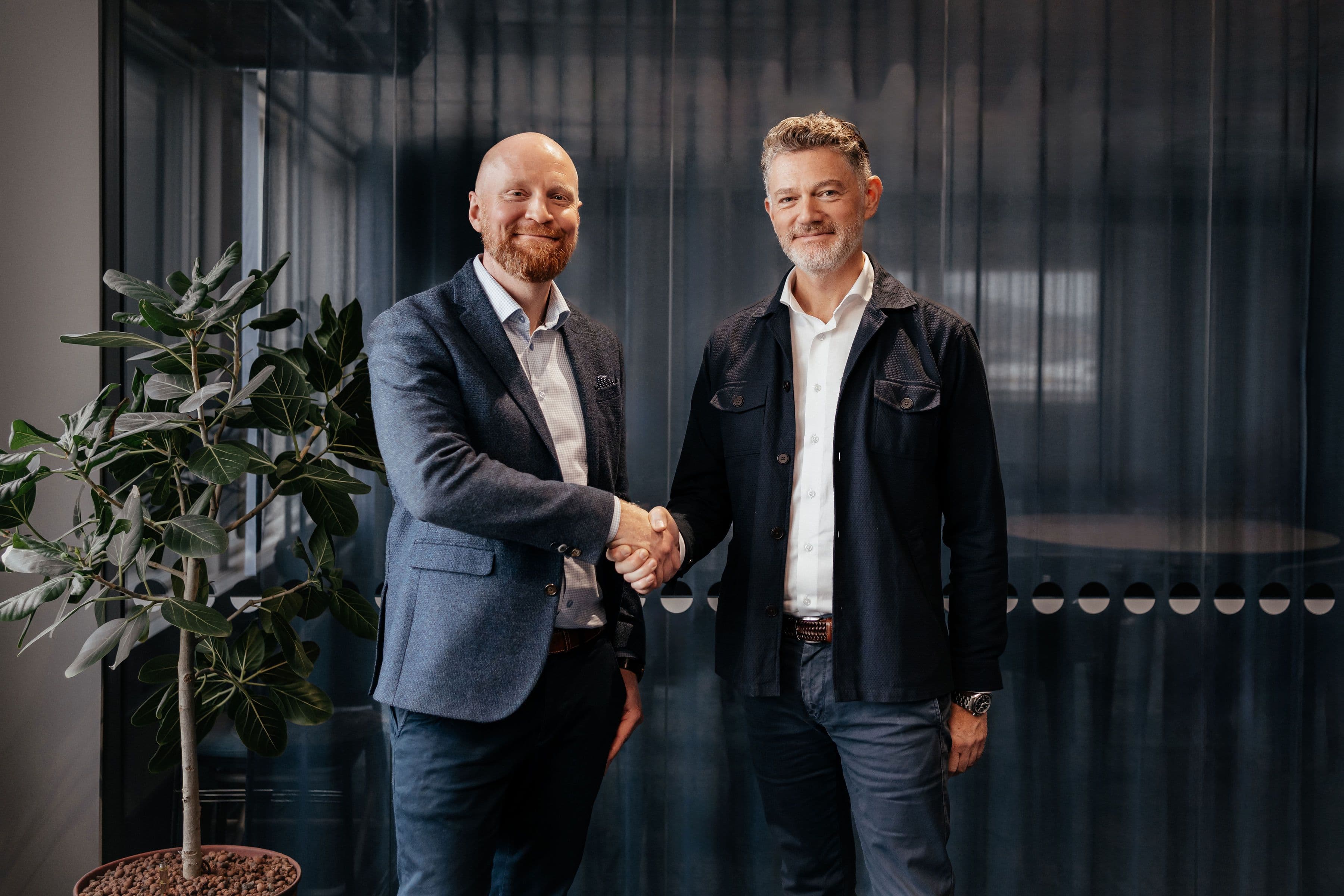At DREV, we often talk about solving problems that matter—to people, to the planet, and to the industries shaping our future. But behind every solution is a person with a unique perspective. That’s what our Perspectives series is all about: highlighting the people behind the technology, and the thinking that shapes our mission.
I’m Anna Sheridan, DREV’s Communications Specialist, and I recently sat down with our CTO and Co-Founder, Thomas Tingelöf, for a conversation about the journey that led him from fuel cells to the battery industry—and ultimately, to co-founding DREV. In the interview, he shares what it really takes to scale hardware solutions in complex sectors, how leadership can unlock innovation, and why contamination control is a critical lever in the clean energy transition.
Can you share a bit about your background and what led you to the battery/energy industry?
Absolutely. I began my journey with a broad PhD degree in engineering at KTH, where I focused on electrochemical energy conversion technologies, which initially lead me to head hardware development programs within the automotive sector. This work naturally then evolved into leadership roles where I got deeply involved with strategy, intellectual property, and operational execution. One insight that consistently emerged throughout this path was that breakthrough science only creates impact when it’s manufacturable, safe, and cost-effective.
This realization gradually pulled me toward the battery space, where these principles apply with even greater strength. The sector offers tremendous opportunities for scalable sustainability. That’s ultimately what led me to co-found DREV. I firmly believe that a transition to a renewable-powered energy system isn’t just possible, it’s inevitable.
For those of us building in this space, the real question isn’t if, but when.
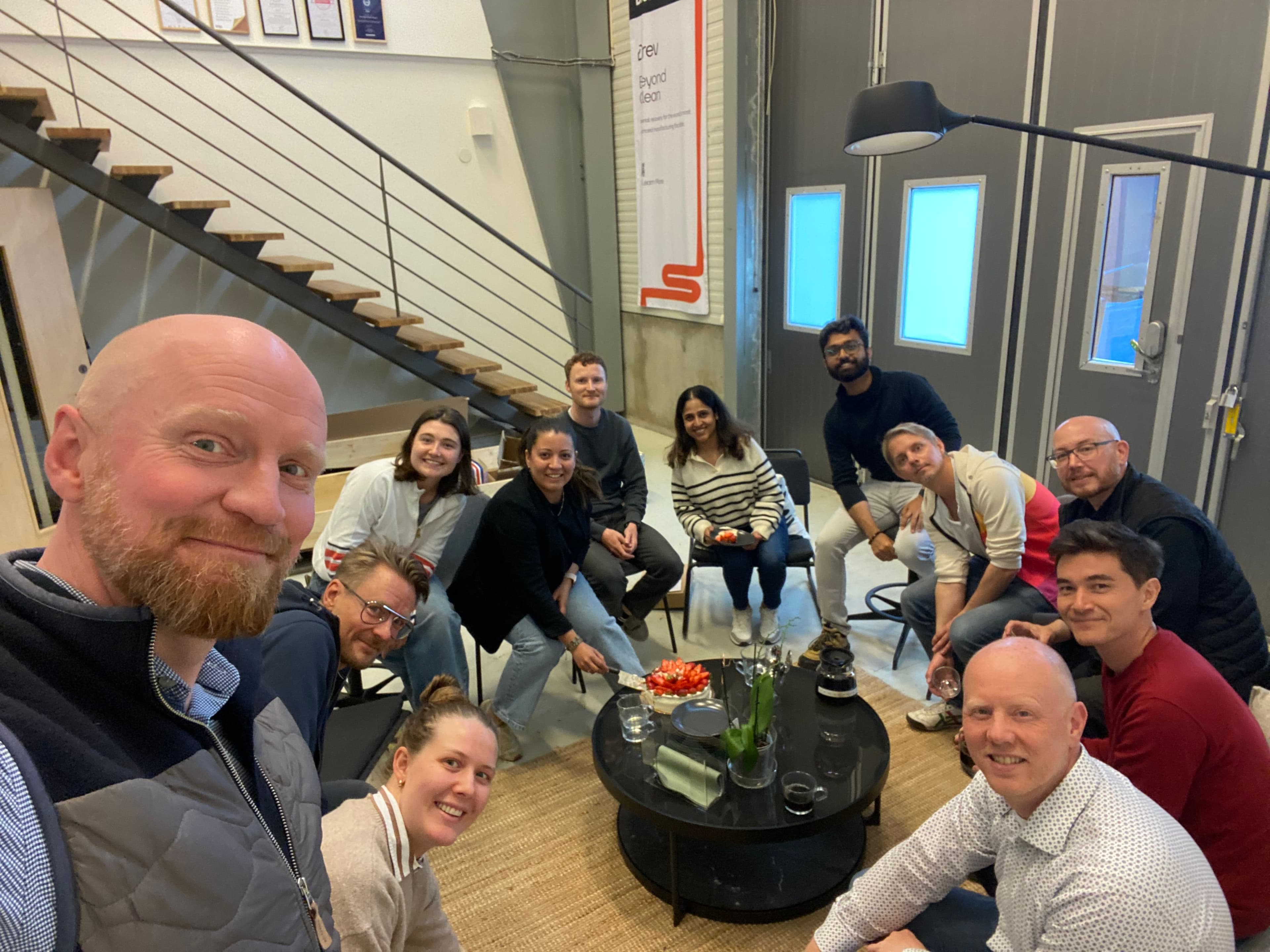
DREV Team
How have your experiences in the hydrogen fuel cell industry shaped your perspective on the battery sector and led you to DREV?
Working with fuel cells was formative. It gave me a front-row seat to some hard realities—issues like contamination risks, certification complexity, and the economic implications of even the smallest inefficiencies in production. From a technical standpoint, batteries and fuel cells are more alike than different, they're both electrochemical systems. But regardless of the chemistry, the commercial key is always the same: achieving low costs through high-speed processes at scale.
When I visited early battery gigafactories, I recognized familiar challenges—except the scale, and the stakes, were even higher. What really struck me were the preventable material losses—many tons of critical metals wasted every year. That was a turning point. It made me realize the industry was missing key infrastructure, and that DREV could play a meaningful role—not just in improving profitability for manufacturers, but also in reducing environmental impact.
How has it been for you to drive DREV’s technology forward?
It’s been both energizing and humbling. Together with our interdisciplinary engineering team, we’ve developed the Vault platform—a modular system that captures ultra-fine metal dust, safeguards workers, and recycles valuable materials like nickel, cobalt, and lithium back into the supply chain.
Seeing the system in action—actually recovering critical metals on factory floors—has been one of the most affirming moments of my career. It’s a powerful reminder that sustained teamwork consistently outperforms individual brilliance.
I firmly believe that a transition to a renewable-powered energy system isn’t just possible, it’s inevitable. For those of us building in this space, the real question isn’t if, but when."
Thomas Tingelöf
CTO/COO & Co-Founder, DREV
What challenges have you faced at DREV, and how have you overcome them?
Hardware start-ups are uniquely demanding, they sit at the intersection of technical risk and capital intensity. Three challenges stand out:
- Safety certification: From the outset, we partnered with experts in filtration and explosion-proof design. Embedding compliance into the core design, rather than treating it as an afterthought, helped us build credibility early on. It also pushed us to mature quickly as a company.
- Operational validation: Less than 18 months after founding the company, we had a working MVP deployed at a customer site. That trial gave us really valuable insights that we now implement in the development of our products. Test early, fail fast and re-iterate does not only concern software development, but is equally important when working with hardware.
- Capital requirements: We’ve made deliberate efforts to decouple our growth trajectory from capital intensity wherever possible. That includes designing our manufacturing processes for scalability without excessive up-front investment.
How do you see DREV—and the wider battery industry—evolving?
I believe contamination control will shift from being a maintenance afterthought to becoming a strategic differentiator. By 2030, I expect every serious battery manufacturer to track recovered metal value alongside energy efficiency and product yield.
At DREV, our vision is to be the neutral infrastructure provider that enables this closed-loop system—not just in batteries, but in any industry where particulate contamination poses economic and environmental risks.
By 2030, I expect every serious battery manufacturer to track recovered metal value alongside energy efficiency and product yield."
Thomas Tingelöf
CTO/COO & Co-Founder, DREV
What is your leadership style, and how does it reflect DREV’s values of innovation and sustainability?
I try to implement kind leadership. That means being radically honest and transparent, while also being supportive and fair. I believe in creating an environment where people feel safe sharing unfinished ideas and learning from mistakes.
At the same time, I don’t shy away from giving tough feedback when it’s necessary. I’ve seen firsthand how innovation thrives in psychologically safe environments, and how sustainable progress comes from every part of the organization finance, engineering and operations, incrementally improving every day.
What qualities are most important for a leader in a fast moving, technically complex field?
A few qualities stand out: curiosity, which drives a constant desire to ask “why” and remain open to learning; resilience, which helps maintain calmness and adapt through setbacks; and empathy, which is essential for nurturing a strong and cohesive team culture.
Beyond that, systems thinking is essential. You need to see the connections between engineering decisions, commercial viability, and sustainability. Without that lens, it’s easy to miss critical trade-offs.
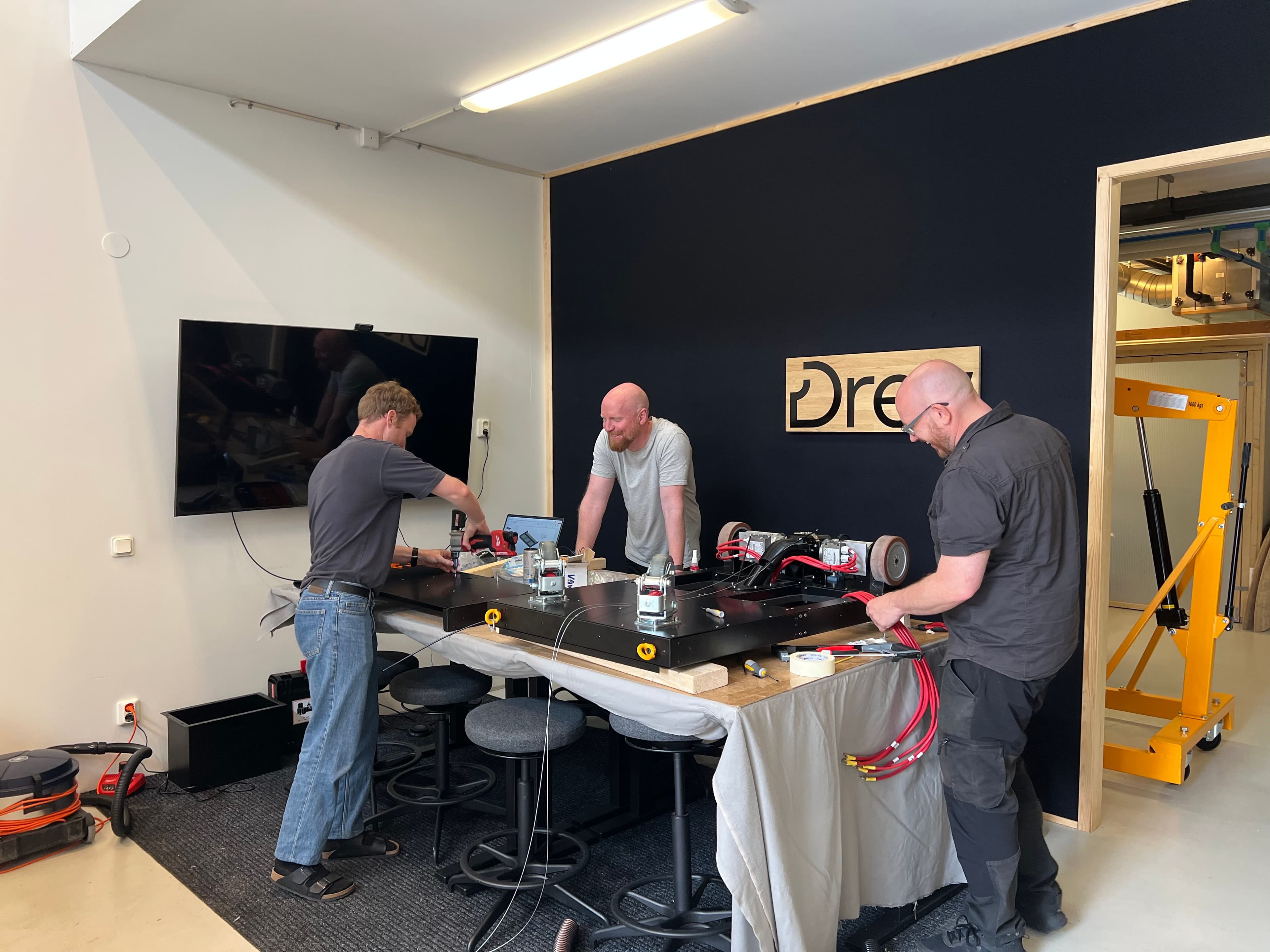
Edvin, Thomas, and Magnus working on the Vault Mobile
What motivates you?
What drives me is solving real problems that matter to people. I’m also motivated by the idea of building something that my family and our broader team can be proud of.
Together with my co-founder Arelys, we’re striving to build a company that is genuinely good. We’re the first to admit we’re not perfect, but we take full responsibility for everything we do. That means creating a learning culture where accountability and continuous improvement are part of the fabric.
Seeing our ideas materialize into real products that deliver value and hearing from customers who say they’ve been waiting for a solution like ours is incredibly rewarding. Those moments feel like rocket fuel for the team.
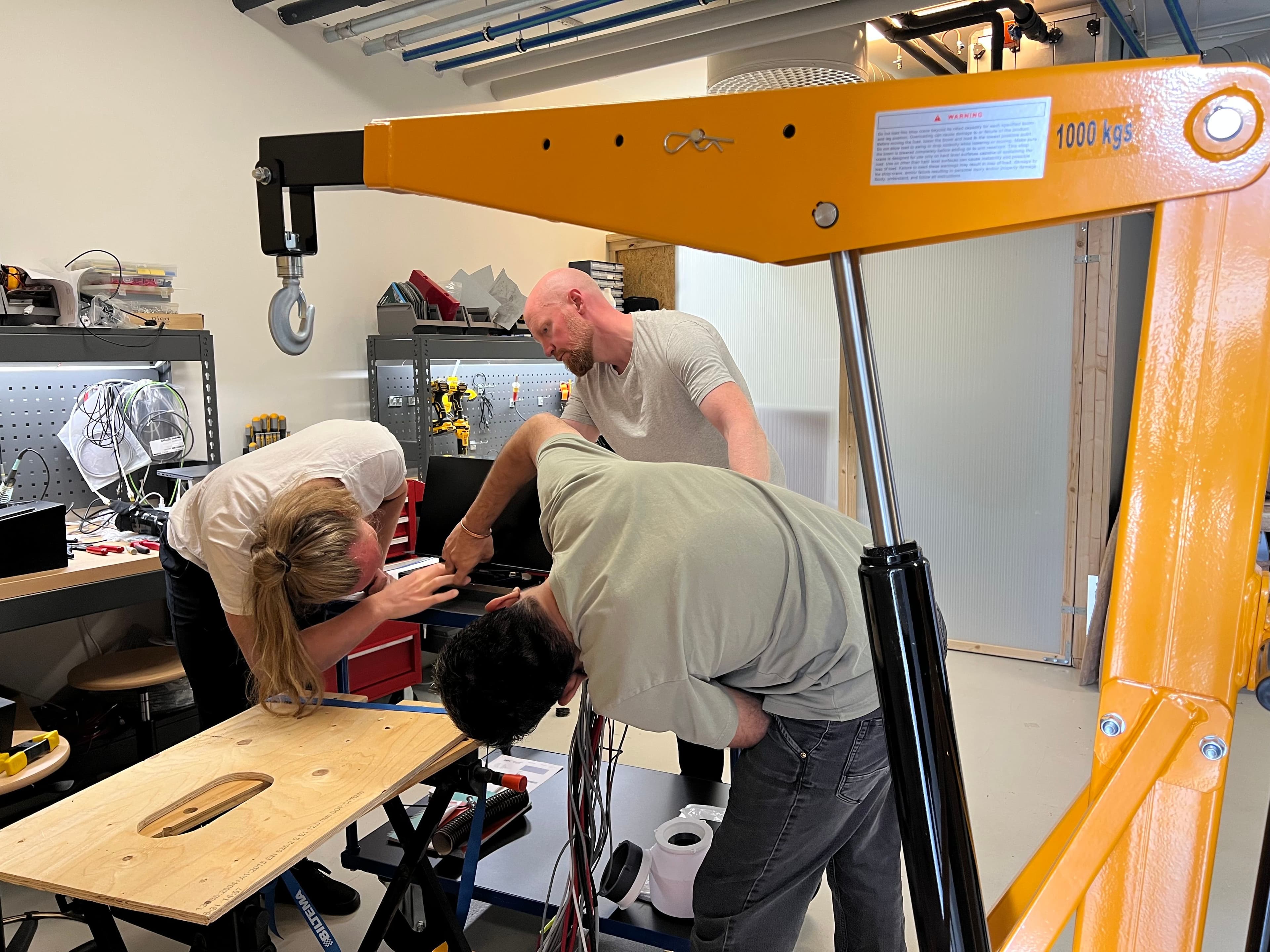
Daniel, Thomas, and Pranav in the workshop
On a personal note—how do you recharge outside of work?
I find balance through running especially along Sweden’s west coast. Long-distance runs are meditative and remind me that, whether it’s in sport or building clean-tech solutions, it’s not about sprints. It’s all about consistency, steadily pushing limits and improving over the long haul.

Hunnebostrand, Sweden's West Coast
